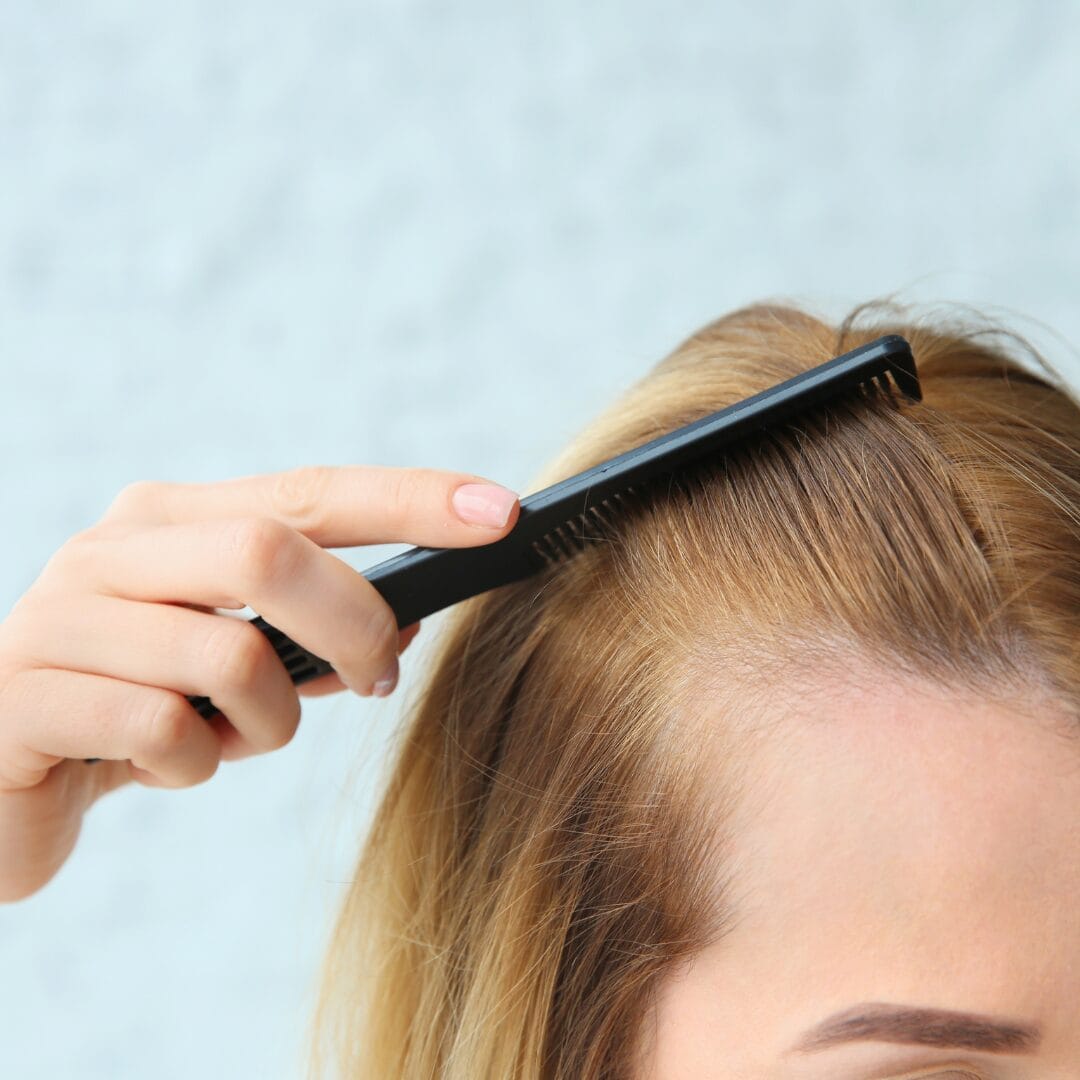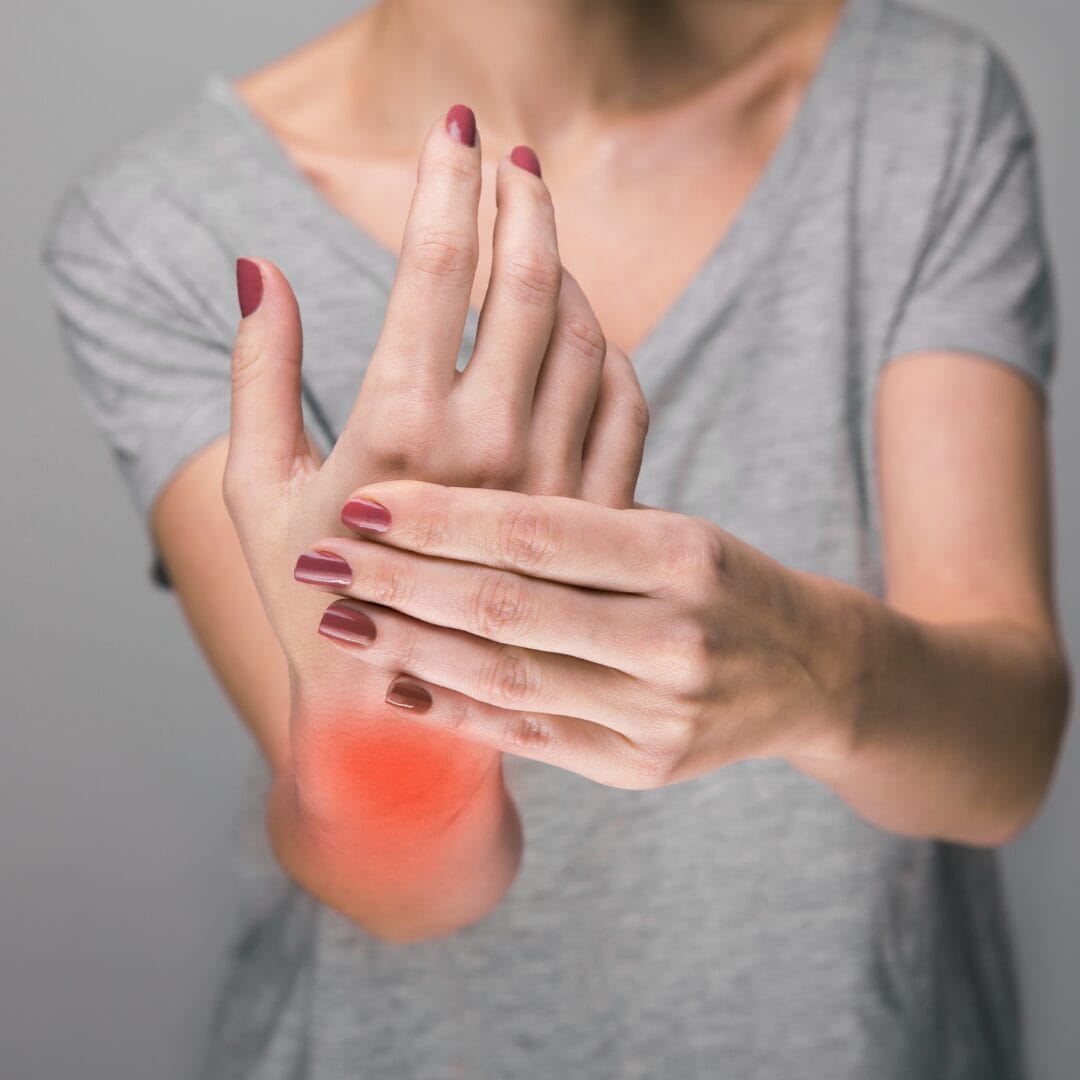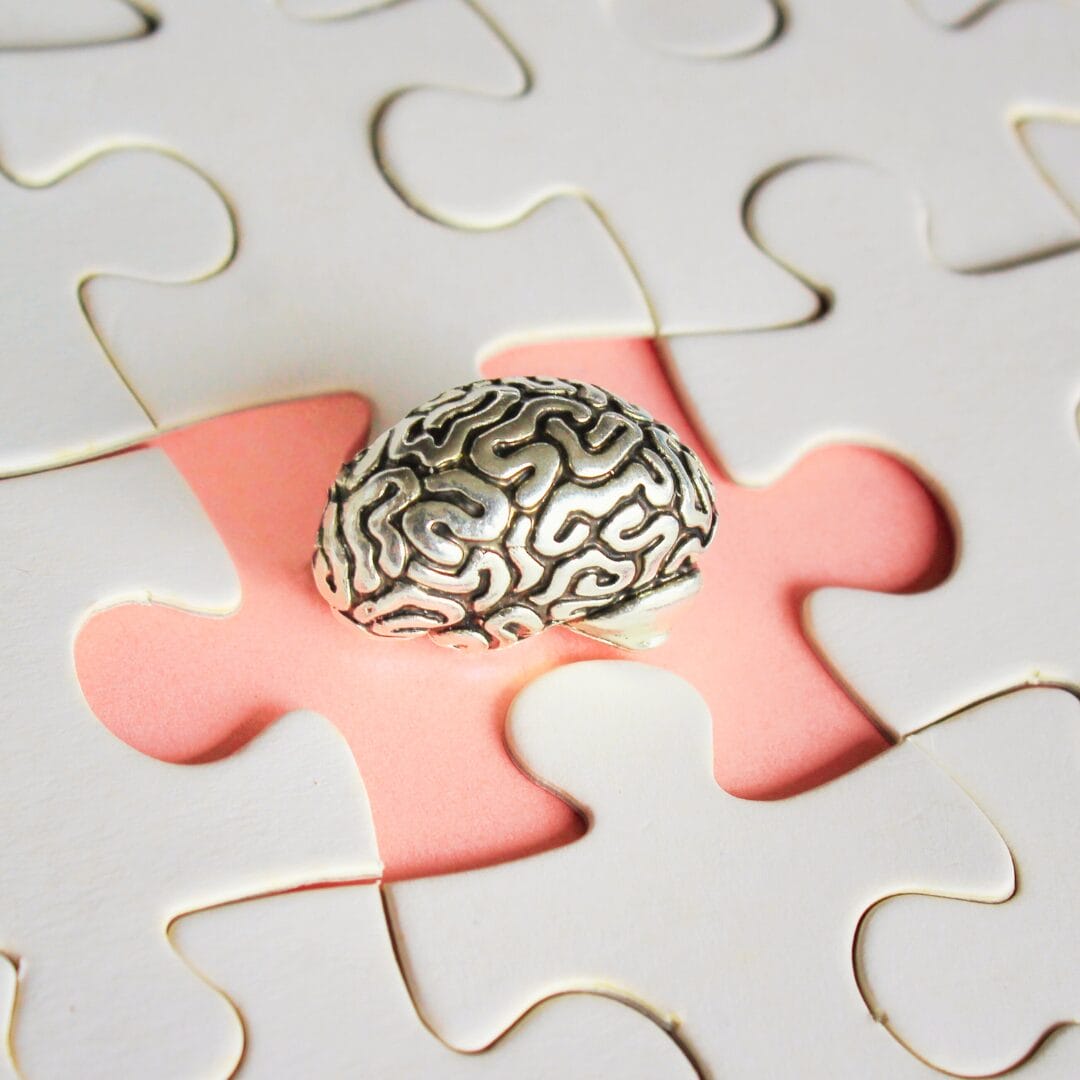Alopecia Areata
Alopecia Areata is a common autoimmune condition that causes hair loss. “Alopecia” means baldness, and “areata” means patchy. As the name suggests, this condition causes patches of hair loss, usually on the face and scalp, but legs, underarms, and other body parts can be affected too. In severe cases, people with alopecia can lose all their body hair, including pubic hair, eyelashes, and eyebrows.
There are different categories of alopecia areata:
Alopecia areata totalis: Total loss of hair from the scalp.
Alopecia areata universalis: Total loss of scalp and body hair.
Diffuse alopecia areata: Scalp hair starts to thin rather than falling out in clear patches. This is hard to distinguish from male or female pattern baldness.
Ophiasis alopecia areata: Hair loss occurs in a band around the sides and back of the head.
Signs and Symptoms
Alopecia areata often begins with small round or oval-shaped patches of hair loss on the scalp. These patches look like normal skin, with no redness or rash. The progression of the condition is unpredictable, and it affects everyone differently:
- Some people find their hair regrows within a few months.
- In other cases, more patches may appear and the patches may join together to form larger areas of baldness.
- The disease may progress to alopecia totalis or universalis, with total loss of hair from the scalp and body.
- Some people may develop ridges or pits in their nails too, especially if their hair loss is severe.
Alopecia areata can go into remission for months at a time, or it may become more permanent – everyone has a different experience with the condition.
It's important to recognize that alopecia areata can be an incredibly stressful condition – especially for teenagers and young children who are already dealing with a lot of physical and emotional changes.
Who Gets Alopecia?
According to the National Alopecia Areata Foundation, alopecia is more likely to affect women than men, as is the case with most autoimmune conditions. Women affected by alopecia are also more likely to have another autoimmune disease such as autoimmune thyroid disease (Fricke & Miteva, 2015).
Alopecia frequently occurs in younger people. Around 80% of individuals with alopecia develop it before the age of 40, and 40% develop it before age 20.
Research shows that Asian, Black, and Hispanic people are more affected by alopecia than White people (Sy et al, 2023) although the reasons for this remain unclear.
What Causes Alopecia?
Alopecia areata is an autoimmune condition, which means the body is attacking its own hair follicles and causing hair loss.
There is never one simple cause of an autoimmune condition. Autoimmunity is instead triggered by a combination of factors including genetics, gut health, diet, lifestyle, and environmental factors.
Genetics
Alopecia areata is a polygenic disease which means it is linked to several different genes. However, not everyone with these genes will go on to develop the disease. As we know, genetics are just part of the picture of health. It is your diet and lifestyle that determine which genes are activated and which are "switched off".
Gut Health
Your gut lining is the barrier between what you ingest (food, drink, medicines, supplements) and your internal environment. Over 70% of your immune system resides in your gut because your body needs to defend itself against anything you eat that may be harmful.
Gut microbes play a major role in maintaining the gut lining. When the microbiome is disturbed by pro-inflammatory foods, food additives, antibiotics, stress, and alcohol, the lining gets damaged. This can lead to increased intestinal permeability – commonly known as “leaky gut”.
With a leaky gut larger molecules that wouldn't normally pass through the gut lining are absorbed into the bloodstream. The immune system responds, and in genetically susceptible individuals autoimmune disorders can occur (Fasano & Shea-Donohue, 2005).
Diet
As I mentioned above, pro-inflammatory foods and food additives are some of the things that can damage your gut microbiome and trigger autoimmunity. It is no coincidence that autoimmune conditions are on the rise in countries that eat a typical “Western” diet rich in trans fats, simple sugars, inflammatory refined seed oils, and chemical food additives (Mazzucca et al, 2021).
The Eat Burn Sleep food plan is the opposite of a typical Western diet. It is designed to nourish your gut, reduce inflammation, and support a healthy immune response – no matter what autoimmune condition you are dealing with.
Lifestyle
Ongoing stress leads to chronically elevated levels of the stress hormone cortisol. This negatively affects many aspects of health, including gut health, inflammation, and autoimmunity.
You can read more about this in my article on Cortisol Regulation and tune into my Masterclass ‘How To Reduce Raised Cortisol’.
Environmental factors
Toxins from agricultural pesticides, cleaning chemicals, non-stick coatings on pans, body care products, cigarette smoking, and traffic fumes can affect your immune system and genetic expression.
We may not be able to avoid all of these things completely but we can take steps to minimize our exposure and support gut health and toxin detoxification pathways. See the Yalda Loves page for my recommended kitchen and homeware products that are free from plasticizers and non-stick toxins.

More on Personalized Advice




